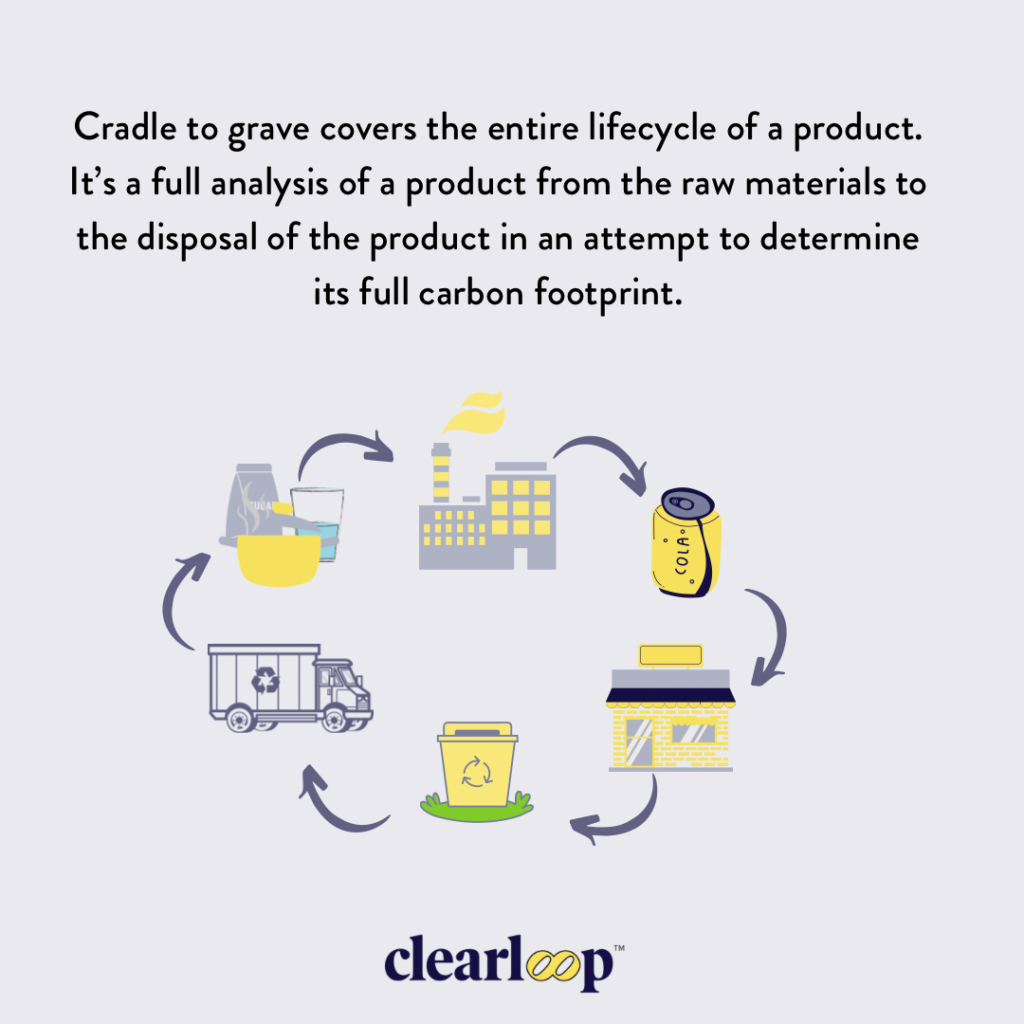Week 5 ✩ The Secret Life of Stuff
The Secret Life of Stuff: A Manual for a New Material World by Julie Hill explores the theme of sustainability – delving into the environmental & social impacts of the objects that we use daily. It essentially explores the journey of everyday items (production to disposal), arguing that the impacts are largely hidden from view & offers guidance on how to live a more sustainable life.
 One of the main case studies brought up is the mobile phone – Hill uses this to demonstrate the hidden environmental costs of technology. She examines the entire life cycle of the phone (extraction of minerals to energy process & the waste generated when phones are discarded). The quote “The sheer complexity of mobile phones, with their mix of metals, plastics, and toxic chemicals, makes recycling a daunting task. While recycling programs exist, they often fail to recover all valuable materials, and many phones simply end up forgotten in drawers.” showcases the fact that phones & technology in general are so complex with their mixtures of materials that many people simply just bin them, adding to environmental waste. This supports the argument that there is a massive lack in infrastructure to deal with growing e-waste & there is virtually no guide on how to recycle technology properly.
One of the main case studies brought up is the mobile phone – Hill uses this to demonstrate the hidden environmental costs of technology. She examines the entire life cycle of the phone (extraction of minerals to energy process & the waste generated when phones are discarded). The quote “The sheer complexity of mobile phones, with their mix of metals, plastics, and toxic chemicals, makes recycling a daunting task. While recycling programs exist, they often fail to recover all valuable materials, and many phones simply end up forgotten in drawers.” showcases the fact that phones & technology in general are so complex with their mixtures of materials that many people simply just bin them, adding to environmental waste. This supports the argument that there is a massive lack in infrastructure to deal with growing e-waste & there is virtually no guide on how to recycle technology properly.
(Pictured right) Sketch of a phone (2024), Natalie Foster.

“When you buy an item, you are not just buying the object itself, but the materials, energy, and labor that went into its creation. Every product tells a story of extraction, transportation, and manufacturing that most of us are unaware of.” This has changed my perspective on a lot of things when consuming products – we hold such immense power that the choices we make have massive impacts on the environment & society. I find it interesting how such a small choice such as buying one fast fashion item can support such a large business exponentially.
(Pictured left) People wait in long lines at an Apple store in Cologne, Germany, for the release of the iPhone X (2017), Marco Verch via Flickr.
 Supported by William McDonough in the text ‘Cradle to Cradle’, Hill advocates for moving from a linear model (produce > consume > dispose) to a circular economy, where materials are continuously reused & recycled. This shift would reduce both waste & extraction of finite resources. She points out that the Netherlands is one of the most prolific countries in leading a transition toward a circular economy – creating a plan to reduce the use of primary raw materials by 50% by 2030.
Supported by William McDonough in the text ‘Cradle to Cradle’, Hill advocates for moving from a linear model (produce > consume > dispose) to a circular economy, where materials are continuously reused & recycled. This shift would reduce both waste & extraction of finite resources. She points out that the Netherlands is one of the most prolific countries in leading a transition toward a circular economy – creating a plan to reduce the use of primary raw materials by 50% by 2030.
McDonough’s “Cradle to Cradle” process (2021), Clearloop.
I believe that this principle of a more circular system will be very benefical to the planet, however with the constant evolution of technology & products in general, many big profit-driven industries don’t really care about the impacts on the environment. As many people don’t see the way they affect the planet first-hand, I feel that we as a society aren’t taking big enough steps to protect it just yet.
__
Hill, J. (2011). The Secret Life of Stuff. Random House.
Clearloop. (2021). Cradle to Gate vs Cradle to Grave | Life Cycle Assessment. [online] Available at: https://clearloop.us/2021/03/24/cradle-to-gate-vs-cradle-to-grave/.